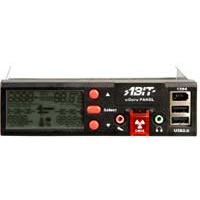Yeah I been wondering about that. I seen them before. A switch style jumper literally like a powersupply switch or light fixture switch or button. So I can just push a button or flip a switch to reset the cmos when OCing.
I'm sure somebody knows about these right?
I'm sure somebody knows about these right?
![[H]ard|Forum](/styles/hardforum/xenforo/logo_dark.png)

